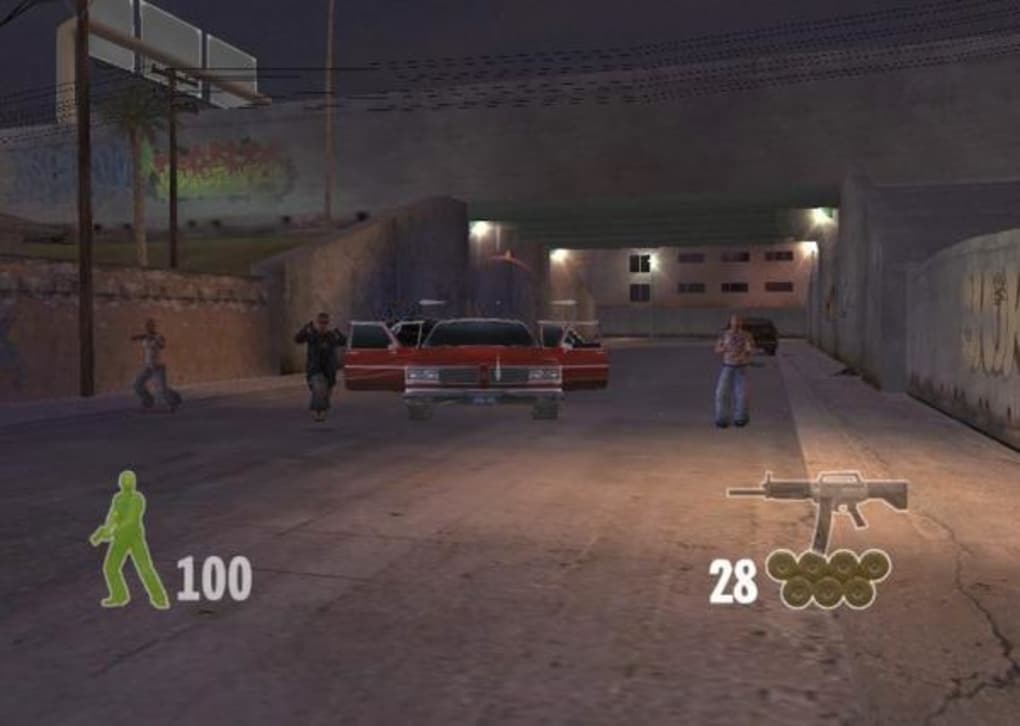

5 Between 1976 and the Roper decision, 22 defendants were executed for crimes committed before age 18. 4 The Roper ruling affected 72 juveniles on death row in 12 states. The court also held that the nation’s “evolving standards of decency” showed the death penalty for juveniles to be cruel and unusual: 12 states banned the death penalty in all circumstances, and 18 more banned it for people under 18. Their heightened capacity for reform means that they are entitled to a separate set of punishments. The Supreme Court ruled that juveniles cannot be sentenced to death, writing that the death penalty is a disproportionate punishment for the young immaturity diminishes their culpability, as does their susceptibility to outside pressures and influences. Since 2005, Supreme Court rulings have accepted adolescent brain science and banned the use of capital punishment for juveniles, limited life without parole sentences to homicide offenses, banned the use of mandatory life without parole, and applied the decision retroactively. Moreover, youth sentenced to parole-ineligible life sentences in 28 states where the sentence was mandatory and the federal government are in the process of having their original sentences reviewed or have been granted a new sentence, including hundreds of individuals who have been released from prison. Henceforth, few youth will be sentenced to life without the possibility of parole. Jones reaffirmed both Montgomery and Miller but held that a specific factual finding of “permanent incorrigibility” at the time of sentencing is not required for the imposition of a juvenile life without parole sentence. Montgomery, in 2016, clarified that Miller applied retroactively. Life without parole, as a mandatory minimum sentence for anyone under age 18 was found unconstitutional. Two years later in Miller, the Court recognized the need to protect nearly all youth from life-without-parole sentences, regardless of the crime of conviction. In 2010, Graham invalidated life without parole sentences for people under 18 convicted of non-homicide crimes. Starting in 2005, Roper struck down the death penalty for people under 18. This understanding – Supreme Court Justice Anthony Kennedy called it what “any parent knows” 3 – was central to the recent Supreme Court decisions excluding people under 18 from the harshest sentencing practices. Research on adolescent brain development confirms the commonsense understanding that children are different from adults in ways that are critical to identifying age-appropriate criminal sentences. Differences in maturity and accountability informs the protections of the Eighth Amendment’s prohibition on cruel and unusual punishment that limits sentencing a child to die in prison. Mississippi (2021) –the Supreme Court of the United States establishes and upholds the fact that “children are constitutionally different from adults in their levels of culpability” 2 when it comes to sentencing. 1 This count continues to decline as more states eliminate JLWOP. This number reflects a 38% drop in the population of people serving JLWOP since our 2016 count and a 44% drop since the peak count of JLWOP figures in 2012. The Sentencing Project, in its national survey of life and virtual life sentences in the United States found 1,465 people serving JLWOP sentences at the start of 2020. Twenty-seven states and the District of Columbia have banned life sentences without the possibility of parole for people under 18 in nine additional states, no one is serving life without parole for offenses committed before age 18. The momentum to protect youth rights in the criminal legal system is clear.


 0 kommentar(er)
0 kommentar(er)
